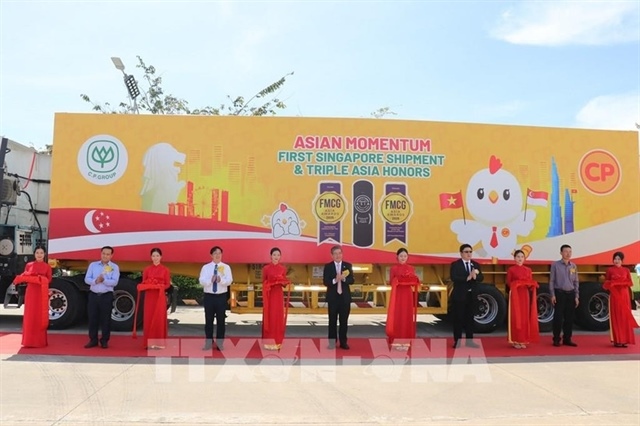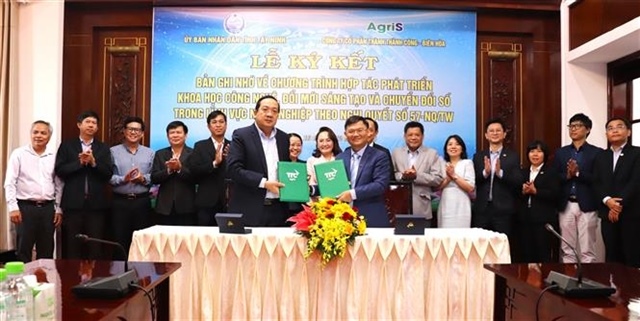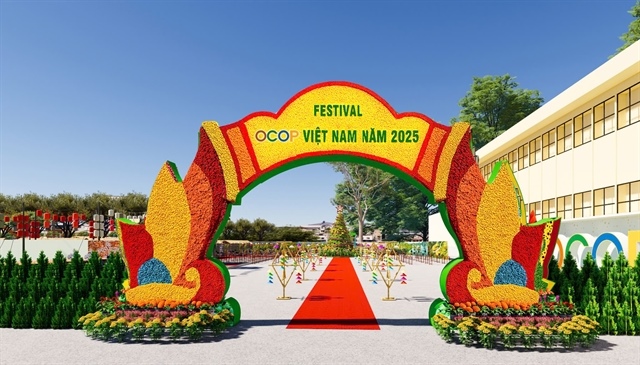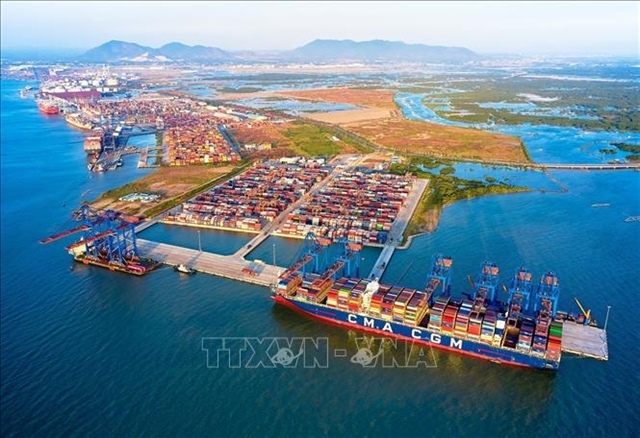Vietnamese textile sector overcomes TPP fall-back in style
Vietnamese textile sector overcomes TPP fall-back in style
With no sharp increase in sight, and despite a reduced number of projects in recent years, the Vietnamese textile industry still attracts more than $750 million in FDI in the first six months of this year, mostly from investment capital increases in existing projects.

Major capital increases in existing projects
After the two years considered the high point of FDI in the textile industry (2014-2015), since the start of 2016, the number of FDI projects in this industry has decreased considerably. In early 2017, Chinese investors invested $220 million in the Billion Vietnam polyester synthetic fibre plant in the southern province of Tay Ninh. Aside from this, however, capital flows consist mostly of capital expansion investments in existing projects.
According to the Vietnam Textile and Apparel Association (Vitas), since the start of the year, the two projects with the largest investment capital increase in the textile industry were in the southern provinces of Dong Nai and Binh Duong.
In Binh Duong, Far Eastern Group (Taiwan) increased its investment capital by $485.8 million in its polyester and synthetic fibre production project, Far Eastern Polytex (Vietnam) Ltd. The project was green-lighted in June 2015, with the registered investment capital of $274 million, and the capital increase will push the total registered investment to approximately $760 million.
This capital increase of nearly $500 million makes Far Eastern Polytex Vietnam one of the largest projects to be certified in 2017, besides Samsung Display Vietnam, which registered a $2.5 billion capital increase in its projects in the northern province of Bac Ninh.
Another Taiwanese giant, Tainan Spinning Company Ltd., also increased its investment capital in Long Thai Tu Spinning Factory at Long Khanh Industrial Zone in Dong Nai. The company registered a $50-million increase in investment capital.
Prior to the capital increase, Tainan Spinning has initiated the construction of Long Thai Tu Spinning Factory-Phase 2 at Nhon Trach 2 Industrial Zone in Dong Nai. The project has a floor area of 37,000 square metres and a plot area of 18 hectares, consisting of a main factory, four finished product warehouses, a garage for workers, and other auxiliary structures. The factory began operation at the end of 2016.
Tainan Spinning Co., Ltd. is a major textile company based in Taiwan. To expand its market share as quickly as possible, Tainan plans to build its factories in Vietnam to take advantage of Vietnam’s existing export markets.
As such, just from the three above mentioned projects, the total FDI capital in the textile industry has reached $755 million.
Attractive investment environment
According to Le Tien Truong, vice chairman of Vitas, the fact that a number of textile projects still attract capital after the US withdraw from the TPP is a good sign.
“With TPP going in the wrong direction, the decision of foreign investors to continue increasing capital in the Vietnamese textile industry means that the investment environment is still very attractive,” Truong said.
As one of the largest textile exporters in Asia, Vietnam’s total value of garment and textile exports has increased 3.6-times in the last decade, from $7.78 billion in 2007 to $28.02 in 2016, accounting for 16 per cent of total export turnover. In 2017, the industry is expected to grow by 7 per cent, reaching $30 billion in the total export value.
In recent years, thanks to competitive labour costs and preferential policies, Vietnam has become the ideal destination for investors in the textile industry. The amount of FDI in the textile and apparel industry in the last decade has helped Vietnam become one of the five largest textile and apparel exporters in the world.
According to Vitas, even without the TPP, the Vietnamese textile and apparel industry still benefits from a number of free trade agreement, such as the Vietnam-EU FTA, Vietnam-South Korea FTA, Vietnam-Japan FTA, among others.
At the moment, Vietnamese textile and apparel products only account for 3 per cent of the EU market, which means with the right strategy, Vietnam’s export can see sharp growth in the 2018-2020 period.




















